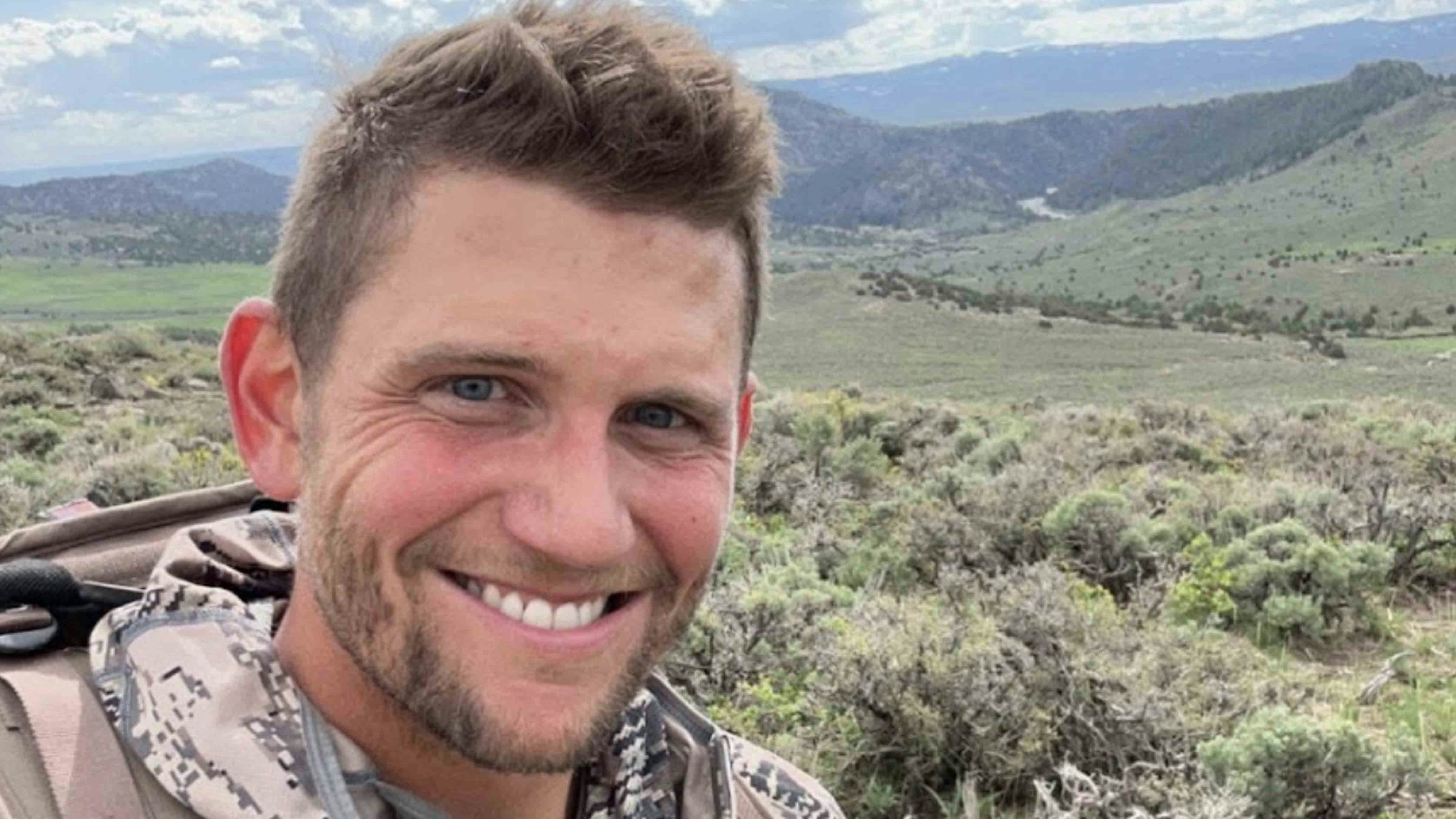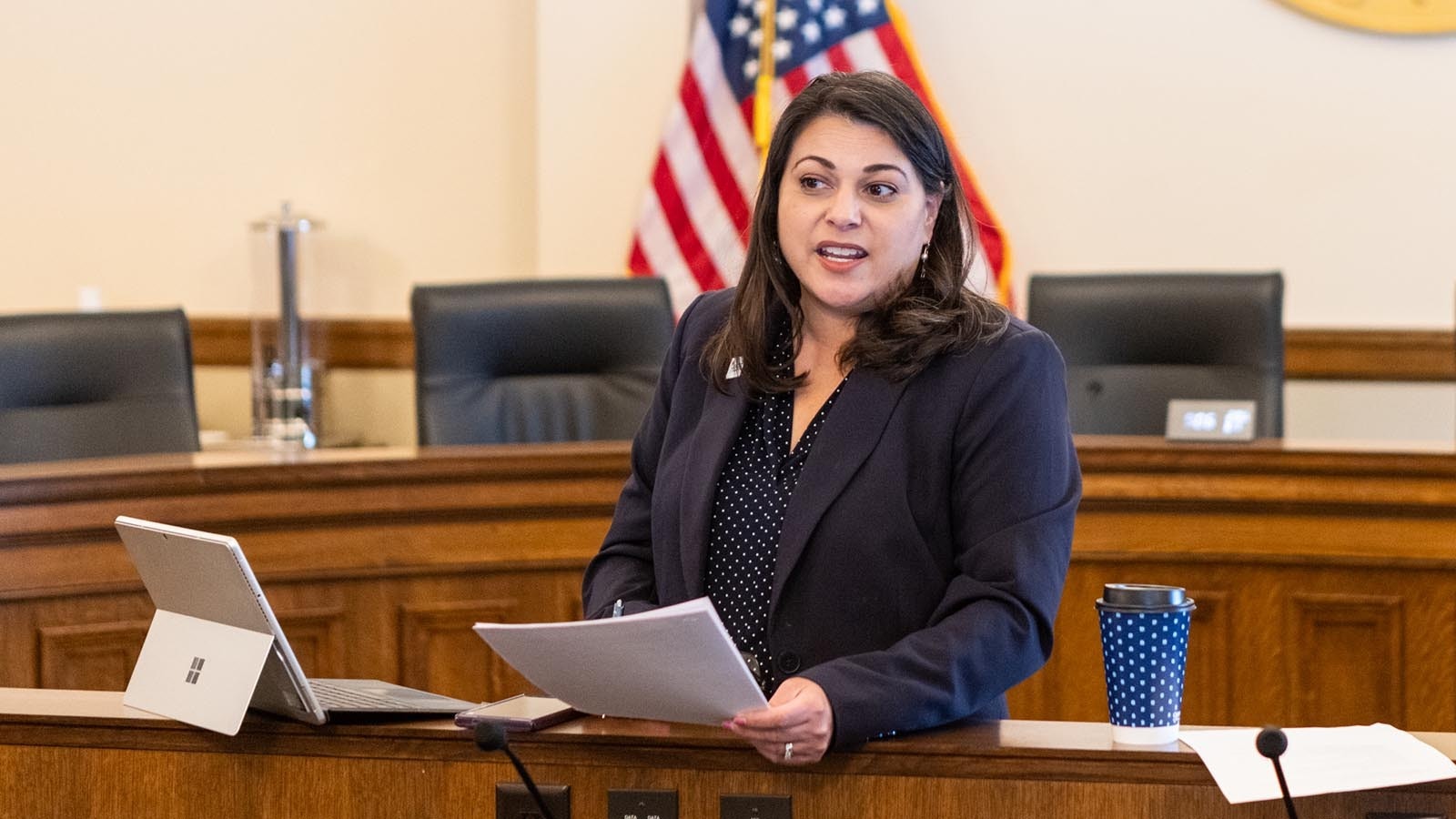By Senator Cheri Steinmetz | Senate District 3
On October 28, 2025, the Goshen and Gering - Fort Laramie Irrigation Districts will break ground on the permanent reconstruction of the Fort Laramie Tunnel system.
This milestone represents more than a construction project — it’s the culmination of six years of relentless work, steady local leadership, and a growing call to return the federal government to its proper role: serving the people.
When Tunnel 2 collapsed in July 2019, irrigation was cut off across 110,000 acres of prime farmland in Goshen County, Wyoming, and Scotts Bluff County, Nebraska.
Crops withered midseason. Generational operations faced ruin. Yet, it wasn’t the federal government that first showed up — it was the local irrigation districts, boots on the ditch bank, coordinating emergency remediation.
With the help of the states of Wyoming and Nebraska, they stabilized the system using temporary steel supports that were never intended to last.
As we always see in Wyoming, when one community is in crisis, the entire state shows up.
From local volunteers and engineers to state leaders and neighboring irrigators, Wyoming responded as one —united not by bureaucracy, but by grit, loyalty, and a deep-rooted sense of neighborly responsibility.
It is that spirit of solidarity that helped carry this effort forward while the federal government lagged behind.
In the years that followed, even as conditions in the tunnels worsened, federal bureaucracy delayed. Studies were conducted.
Meetings were held. Permits stalled. And while the tunnels deteriorated further, our producers lived with the fear of another catastrophic failure.
That is why, on July 28, 2025, I formally called on the Bureau of Reclamation to acknowledge what the local community already knew: this situation has never ceased to be an emergency.
The Fort Laramie Tunnels are federal infrastructure — non-transferred works — and the Bureau, by law and by stewardship, holds title and responsibility.
I urged the Bureau to recognize its statutory obligations, expedite the permitting process, and fund its share of the permanent fix.
In response — and under the guidance of the Trump administration — the Bureau has now stepped up.
It has committed to fund 35% of the total reconstruction project — an estimated $52 million — under its Emergency Extraordinary Maintenance (EXM) authority.
That funding will be divided proportionally between Nebraska and Wyoming, supporting each state's respective irrigation district.
The Bureau has also committed to expedite the federal permitting process, ensuring that construction can proceed without further delay.
This shift did not happen by accident.
Since the very beginning of this crisis, I have repeatedly called on the Bureau to take responsibility for this federally titled, non-transferred structure — now more than a century old.
For six years, that call went unanswered. Only now, under the Trump administration, has the federal government begun to meet its rightful obligations.
The role of our states must also be commended. The Wyoming Legislature and Governor approved $42 million to support the Goshen Irrigation District’s share.
Nebraska allocated federal COVID relief funds to assist the Gering - Fort Laramie District.
Because funds cannot cross state lines, each state took responsibility for its own. And the Wyoming Water Development Program deserves special recognition for moving swiftly to meet funding needs and supporting the irrigation district every step of the way.
Still, we must ask — why did it take six years?
This delay is not just a bureaucratic oversight — it is a symptom of a broken system. Federal agencies have drifted from their mission.
Layers of red tape and inflexible processes have too often become obstacles, not tools of service. The people of Wyoming deserve better.
Government should not be a burden. It should act decisively, efficiently, and with humility. It should be accountable to the people — not to itself.
Throughout this six-year ordeal, the boards and staff of the Goshen and Gering - Fort Laramie Irrigation Districts never gave up.
They were on the ground from day one — assessing damage, guiding repairs, coordinating with engineers and state partners, and fighting for long-term solutions.
Their faithfulness, perseverance, and quiet grit have brought us to this moment.
October 28 will mark the beginning of a long-awaited repair — but it should also mark something more.
It is time to restore not only our tunnels, but our understanding of government itself: a servant of the people, not their master.
Let this be a blueprint — not just for how we fix infrastructure, but how we fix Washington.
Cheri Steinmetz represents Wyoming Senate District 3 and lives in Torrington






